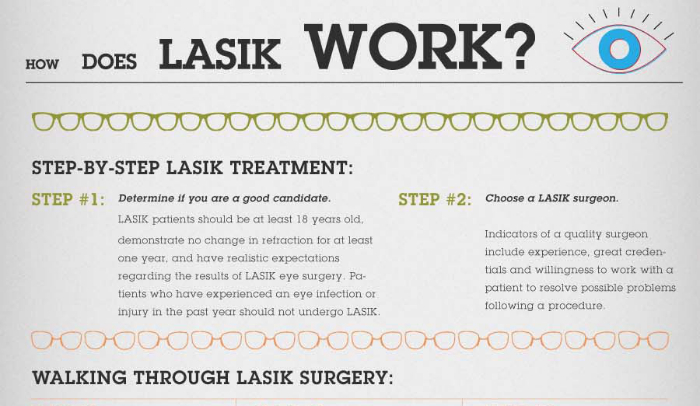Refractive Lens Exchange: A Thorough Overview To Getting Better Vision
Refractive Lens Exchange: A Thorough Overview To Getting Better Vision
Blog Article
cataract surgery in one eye only -Myers Tarp
If you're over 40 and battling with vision issues like hyperopia or nearsightedness, Refractive Lens Exchange (RLE) could be worth considering. This treatment changes your natural lens with a man-made one, potentially reducing your dependence on glasses. While the advantages are appealing, it's important to recognize the dangers and eligibility demands. What should you recognize prior to making a decision that could alter your vision forever? Let's discover this subject additionally.
Comprehending Refractive Lens Exchange
Understanding Refractive Lens Exchange (RLE) can be important for those taking into consideration vision modification options.
RLE is a surgical procedure that changes your eye's natural lens with a man-made intraocular lens. It's primarily focused on correcting severe refractive errors, such as hyperopia, nearsightedness, or presbyopia.
Throughout the treatment, your specialist will certainly remove your cloudy or clear lens and change it with a lens customized to your vision requires. This option is typically thought about for individuals over 40 who may not appropriate candidates for LASIK.
By selecting RLE, you're not just boosting your vision; you're also possibly lowering your reliance on glasses or contact lenses.
Understanding how RLE jobs will encourage you to make educated decisions concerning your vision health and wellness.
Benefits and Risks of RLE
Selecting RLE not just provides a chance to enhance your vision however likewise comes with its very own set of advantages and threats.
One significant advantage is the capacity for more clear vision, minimizing or eliminating your dependancy on glasses or call lenses. You may additionally experience a wider range of vision, particularly if you go with multifocal lenses.
However, there are threats included, such as infection, problems throughout surgery, or dissatisfaction with the outcomes. Some clients experience visual disruptions like halos or glow.
It's important to consider these advantages and dangers thoroughly. Consulting with your eye treatment professional can assist you make an educated decision that lines up with your vision objectives and way of life.
Eligibility Criteria for Refractive Lens Exchange
Before taking into consideration Refractive Lens Exchange (RLE), it's essential to figure out if you meet the qualification standards. Usually, you're a good candidate if you more than 40 years old and have a stable prescription.
You need to also be experiencing refractive errors like myopia, hyperopia, or presbyopia. It is very important to have healthy and balanced eyes with no considerable conditions, such as cataracts or glaucoma.
In addition, you ought to be in good overall wellness and not have any problems that can impact recovery, like unrestrained diabetes mellitus. If you use call lenses, you might need to stop using them for a while before your evaluation.
Consulting with an eye treatment expert will certainly aid you understand your particular situation and whether RLE is right for you.
Conclusion
Finally, refractive lens exchange can transform your vision and reduce your dependancy on glasses or calls. While it uses many advantages, it's important to recognize the threats and guarantee you meet the eligibility requirements. Consulting with how to treat eye after cataract surgery will help you make an enlightened choice tailored to your requirements. If you're thinking about RLE, take the time to discover your choices and talk about any type of issues, paving the way for more clear, much more dynamic vision.
